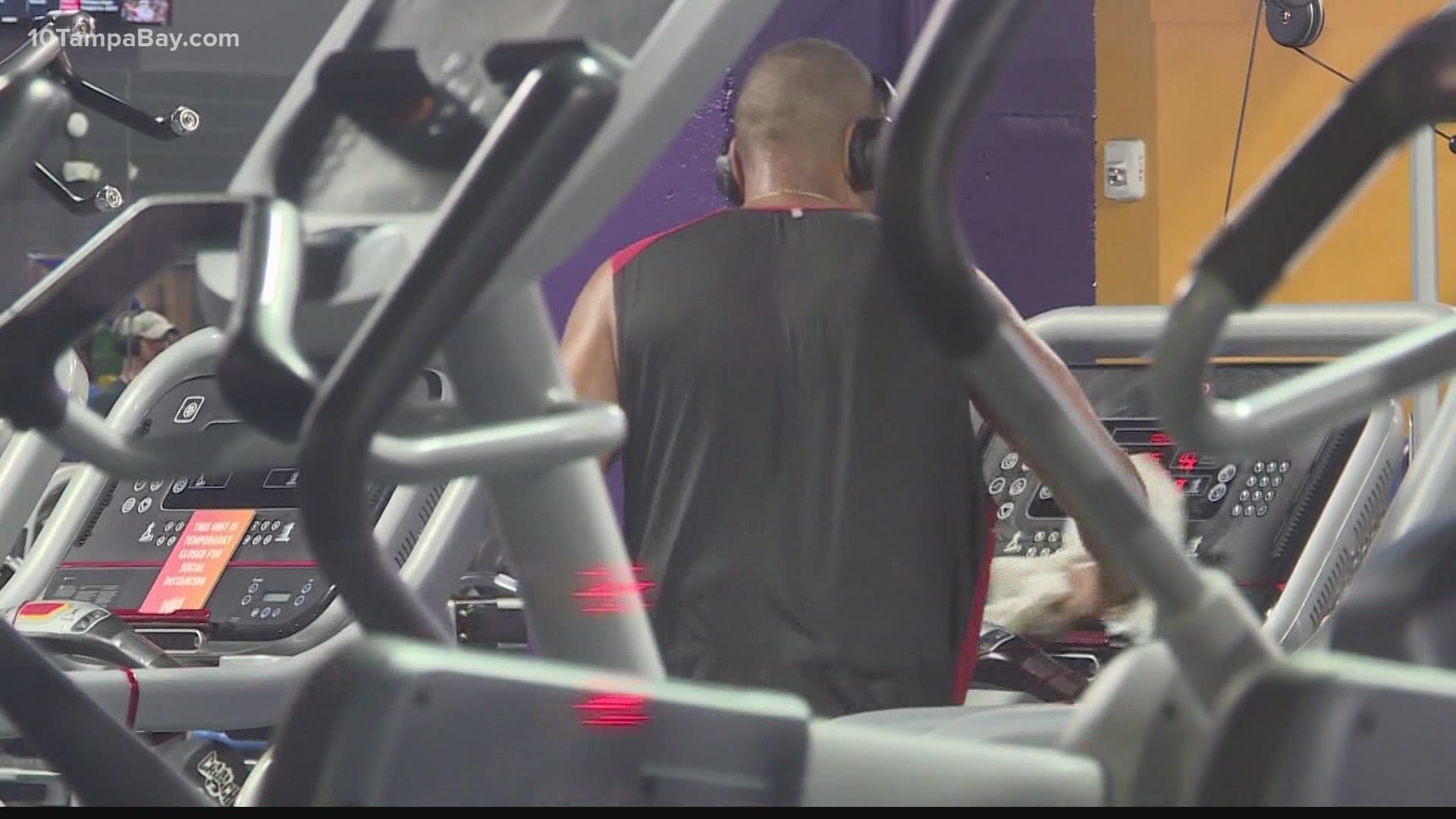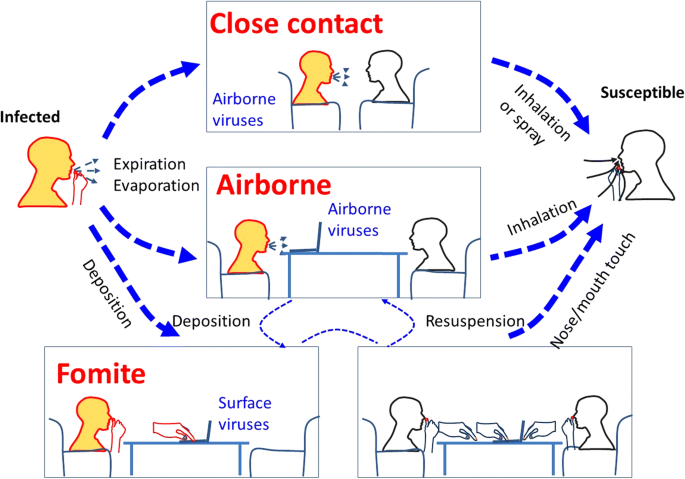

In its list of preventative measures, the CDC does call for avoiding crowded indoor spaces and making sure indoor spaces are properly ventilated, as well as for spending time outdoors or in well-ventilated spaces as much as possible. “In addition to existing mandates of mask-wearing, social distancing, and hygiene efforts, we urge public health officials to add clear guidance about the importance of moving activities outdoors, improving indoor air using ventilation and filtration, and improving protection for high-risk workers.” Thus, one is far more likely to inhale aerosols than be sprayed by a droplet, and so the balance of attention must be shifted to protecting against airborne transmission,” they wrote.

“Individuals with COVID-19, many of whom have no symptoms, release thousands of virus-laden aerosols and far fewer droplets when breathing and talking. In the letter, they differentiate between virus spread via droplets, which are larger and tend to fall to the ground, and virus spread via aerosols, which are smaller and remain aloft. In the updated guidance, the CDC compared the airborne transmission of COVID-19 to the spread of other diseases like tuberculosis and chicken pox. Such environments and activities may contribute to the buildup of virus-carrying particles.” In these instances, transmission occurred in poorly ventilated and enclosed spaces that often involved activities that caused heavier breathing, like singing or exercise.

Cdc airborne transmission coronavirus update#
“Today’s update acknowledges the existence of some published reports showing limited, uncommon circumstances where people with COVID-19 infected others who were more than 6 feet away or shortly after the COVID-19-positive person left an area. “CDC continues to believe, based on current science, that people are more likely to become infected the longer and closer they are to a person with COVID-19,” the agency wrote in the press release announcing the change. Monday’s updated guidance admits to airborne transmission once again, but says it is not the most common way the coronavirus spreads.


 0 kommentar(er)
0 kommentar(er)
